A NIGHTMARE ON ELM STREET 4: THE DREAM MASTER (1988)
Freddy Krueger returns to haunt the dreams of the remaining Dream Warriors, as well as those of a young woman who may be able to defeat him for good.
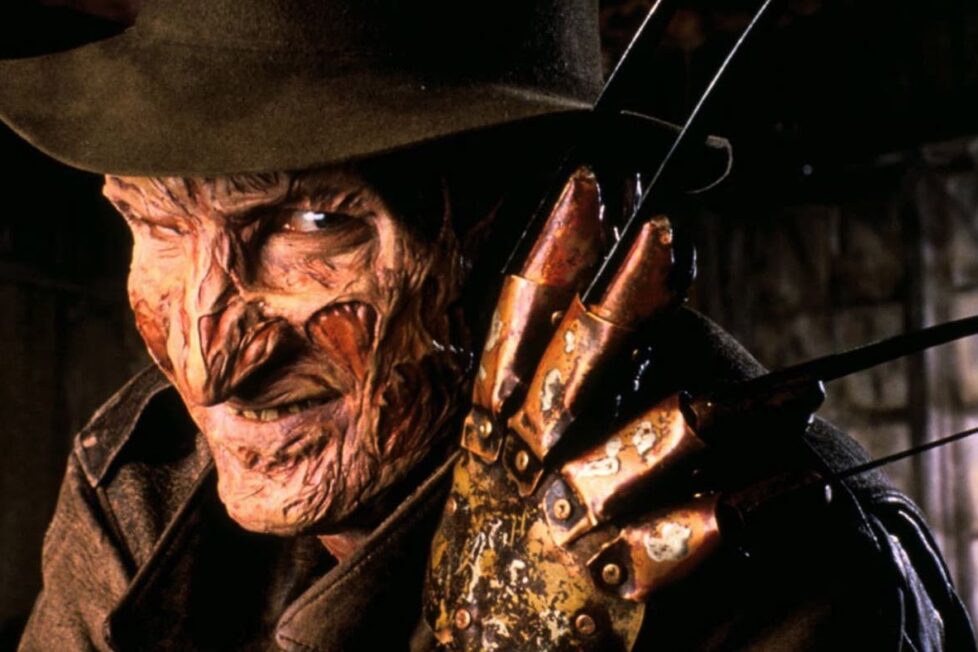
Freddy Krueger returns to haunt the dreams of the remaining Dream Warriors, as well as those of a young woman who may be able to defeat him for good.


New Line Cinema is the house that Freddy built. But Wes Craven built Freddy in A Nightmare on Elm Street (1984), and the first sequel, A Nightmare on Elm Street 2: Freddy’s Revenge (1985), had no idea what to do with the property without him. Wes was kind enough to come back for the acclaimed A Nightmare on Elm Street 3: Dream Warriors (1987) to show them how it’s done. Freddy’s formula was thus perfected, so all New Line had to do was colour within the lines to earn enough green to make sequel after sequel. Incoming director Renny Harlin uses every crayon in the pack to give us the MTV generation’s Nightmare on Elm Street.
Craven pitched an Elm Street 4 but producers Robert Shaye and Sara Risher turned it down, explaining “It was about time travel within dreams that broke all the rules of dreams. We decided to go with William Kotzwinkle’s ‘Dream-master’ idea, which we thought was terrific.” Time was all too significant with Dream Master; time to move on from Wes, a terrific time loop makes it into the film, which as a whole is a time capsule of 1980s pop culture, and production wasted no time chasing the success of Dream Warriors.
Brian Helgeland pitched a screenplay to what became Highway to Hell (1992) and New Line had him work on the script for 976-EVIL (1988)—directed by and starring Robert Englund himself, which established a connection for Helgeland to write Dream Master. Begging him to deliver a full screenplay in two weeks, New Line received it in the mail after just nine days. Englund was in post-production for 976-EVIL when he donned the bladed glove for a fourth time, and still Dream Master would premiere 8 months ahead of their other film.
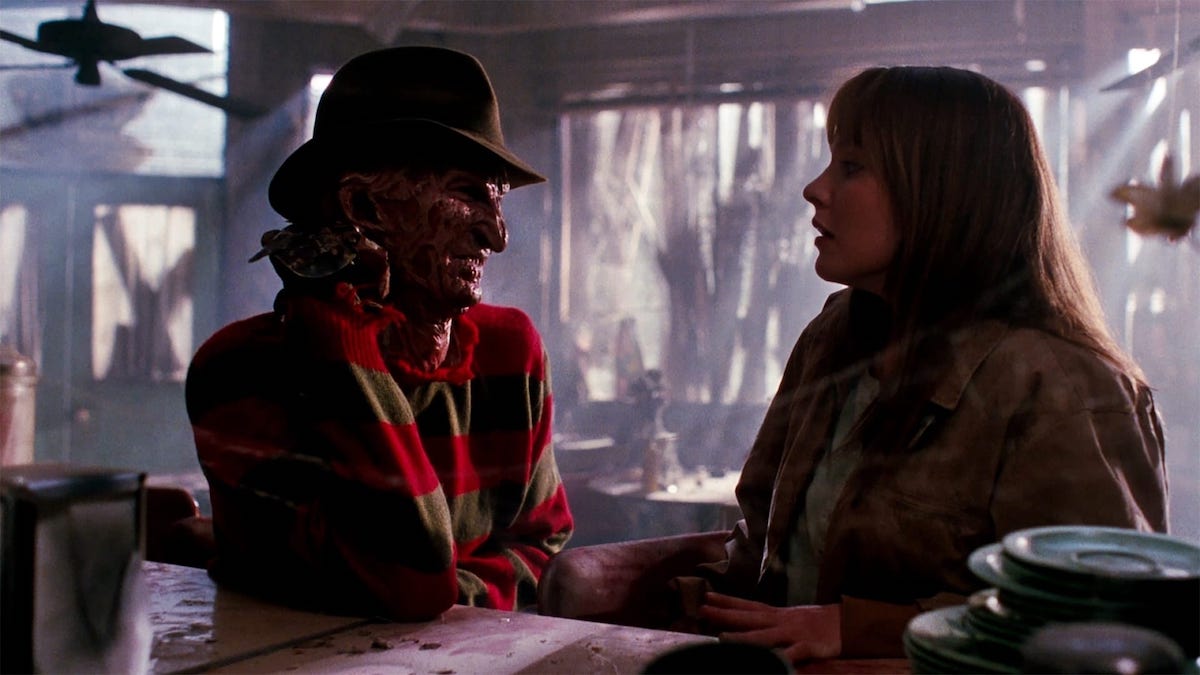
Tom McLoughlin, coming off the success of Friday the 13th Part VI: Jason Lives (1986), was approached to direct Dream Master, but his request for full creative control couldn’t be met as cameras were already rolling. He recounted them explaining: “We’re already shooting like two different units for the visual effects and puppets. We kind of know how we’re going to make these things.” New Line instead hired Finnish director Renny Harlin, fresh off his debut US movie Prison (1987) starring Kane Hodder, which incidentally got him the role of Jason Voorhees in Friday the 13th Part VII: The New Blood (1988). Despite Kotzwinkle, Helgeland, and Ken and Jim Weast as credited screenwriters, Harlin had to deal with added time pressure when, mid-filming, the 1988 Writers Guild of America strike hit the production…
Luckily for Harlin and the cast, the plot of Dream Master is simple enough to improvise around and not be noticeable at all. Freddy Krueger (Englund) swears revenge on the Dream Warriors, and after Kristen (Tuesday Knight) transfers her powers to Alice (Lisa Wilcox), her friends become fresh targets.
Wes was audacious to kill off his original beloved final girl Nancy (Heather Langenkamp) in his sequel, and many remember Dream Master as the one that kills off the entire surviving cast from before. Actors such as Ken Sagoes told friends not to buy popcorn lest they miss his death, and so people act as if the Dream Warriors are knocked off in the first five minutes. But Kincaid (Sagoes) and Joey (Rodney Eastman) both have several dialogue scenes, and the recasting of Patria Arquette could’ve been avoided entirely by killing off Kristen offscreen. Yet the film posits her as the protagonist while quietly building up Alice as her new friend. An odd but novel approach to have duelling final girls. Kristen’s shock death as the first act twist falls flat, but it was cut short because, as Knight recalled, “New Line actually told Renny that he had to kill off Kristen by a certain time of the film.”
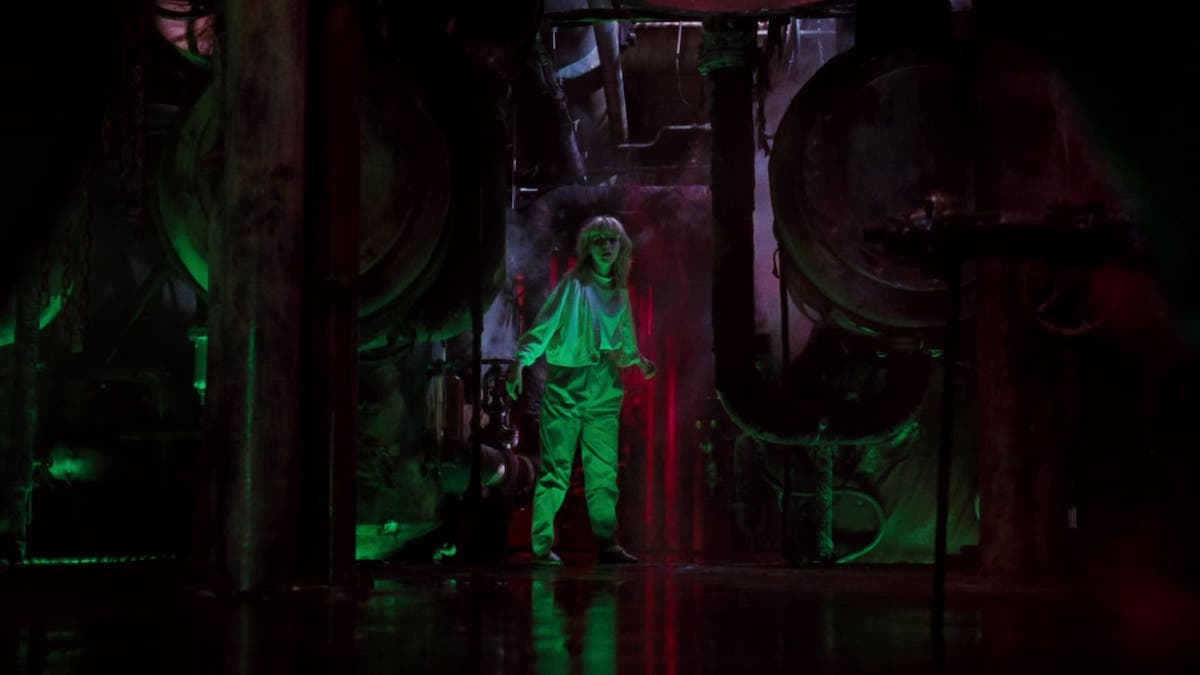
Having recently looked back at Freddy vs. Jason (2003), modern horrors always paint the 1980s stereotypes with broad strokes. Freaks, geeks, and asshole jocks haven’t changed over time. Stephen King films had colossal jerks but the comfort of revisiting horror franchises like Elm Street is that everyone is actually pretty nice. There’s authentic friendliness found in the power-lifting glam-rocker Debbie (Brooke Thiess) and the asthmatic nerd (Toy Newkirk). Popular jock Dan (Danny Hassel) means well and stands up for Alice’s brother Rick (Andra Jones). Audiences wanted to see all these people die but they were at least granted some dignity of actual sympathy compared to the comical douches in contemporary throwbacks.
Harlin praised Wilcox for the specific role they were aiming for (“somebody timid and vulnerable in the beginning and who can then in a believable way become kind of like Sigourney Weaver in Aliens”). Why reference Ripley when Nancy does this in the first Elm Street? Most Final Girls undergo this journey hence why they are the Final Girl! This familiar progression is hardly subtext as Rick comments on the photos covering Alice’s mirror, “defeats the point of a mirror when you can’t see yourself in it, you gotta learn to stand up for yourself.”
Ironic how the strike resulted in one of the most believable performances; a low-point for Alice watching old videotapes of her now dead friends, her dialogue with Rick was largely improvised. The sibling comradery forged in the absence of their alcoholic father carries genuine warmth. Alice is an underrated successor in this franchise, picking up the slack after Kristen’s abrupt end. She emphasised after seeing Nancy’s headstone in a bittersweet moment.
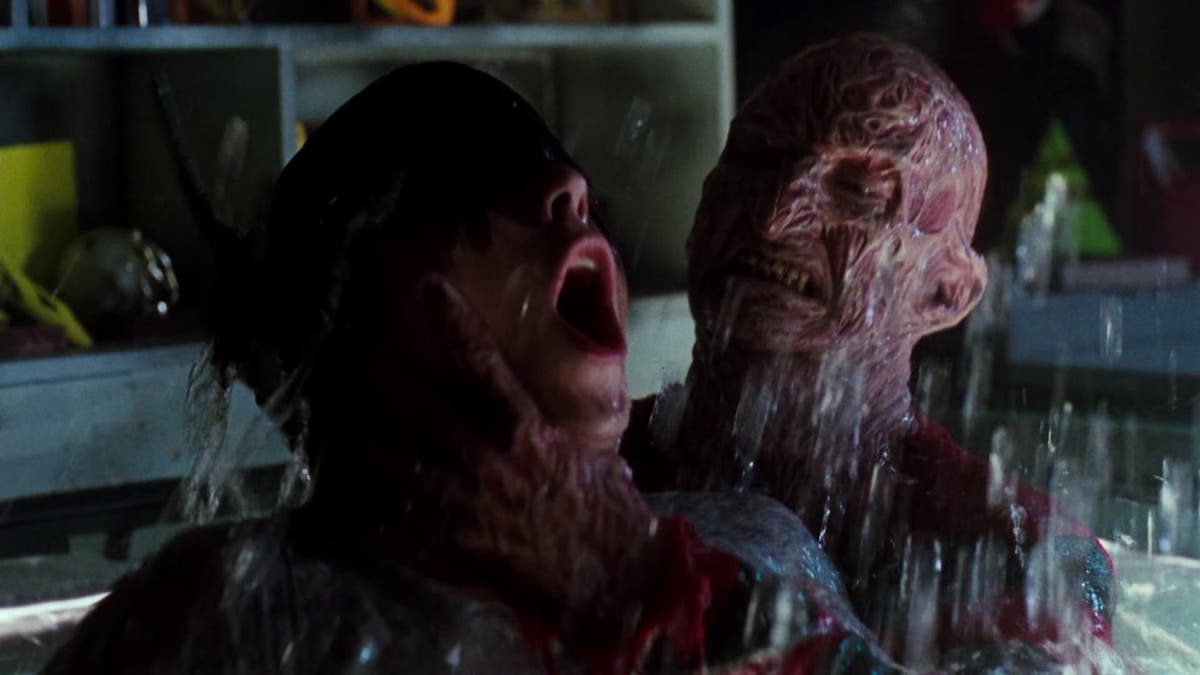
With at least three separate funerals in this film alone, there’s a good reason they started production before even hiring a director. Special effects veterans Bill Forsche, Kevin Yagher, John Carl Buechler, and ‘Screaming Mad’ George crafted some iconic deaths of the franchise here. Freddy may crack wise “wanna suck face!” before draining the life from Sheila, or “once you check-in, you can’t check out!” while crushing Debbie inside a Roach Motel trap, but Harlin doesn’t forget the empathy for entertainment.
Sheila emptying like a skin balloon is undeniably goofy. Yet the intended laughs are stifled as she suffers a very realistic asthma attack. Debbie’s weightlifting and fear of bugs are still a grotesque combination on repeat viewings. Elbows splitting and cockroach legs bursting out is a whole new level of repulsive… even for Freddy.
Enjoying the brotherly rapport of Rick only doubles the disappointment in his demise. An original elevator descent into Hell was scrapped as the budget ran low and, instead, his love of martial arts turned deadly with an invisible karate-kicking Freddy. Maybe they shouldn’t have wasted money on an alternate death scene for Kristen, her breasts slashed open by Freddy, for the express purpose of distracting the censors and then removing that scene to appease them.
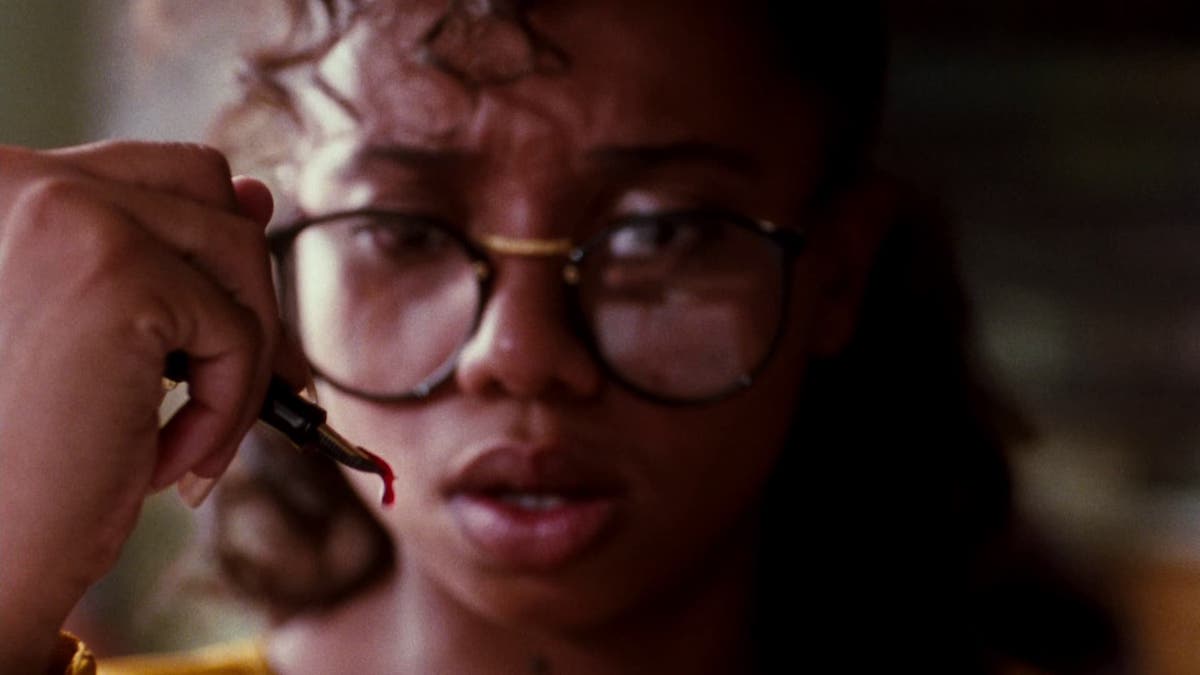
Harlin had the biggest budget of the series so far at $6.5M but still demonstrated a frenetic energy through direction. The swirling overhead of Kristen succumbing to sleeping pills or Alice’s dead friends all eerily clapping in the cinema wring emotion from every shot. Alice trapped in a time loop trying to save Debbie relies on clever rhythmic editing to achieve the sensation of hypnotic dream logic. Praised by Englund as “my favourite sequence in the entire franchise, and I’m not even in it!”
Emphasis on the teenagers first might run counter to Dream Master’s intentions. Who earns first billing before the title card? Robert Englund. To paraphrase the classic MTV slogan, audiences were chanting “I want my Freddy!” More kills and one-liners equal more screentime and the real reason behind Freddy’s resurrections was thanks to his actor. Harlin went as far as calling him the James Bond of the series, “because of that popularity, I’m faced with showing Freddy in a more heroic light. People will still fear him, but they will also be cheering him on.”
Freddy under Wes’ creative vision was the iconic Connery, but Dream Master goes full slide whistle car flipping The Man with the Golden Gun (1974). Freddy does drag, Freddy’s job is beach, Freddy is reborn using flaming dog piss. Somehow, Freddy is never the punchline with Englund’s infectious charisma. The series begins to resemble Funny Games (1997) in how utterly helpless the teens are because the will of the audience is fuelling Freddy to win. Wes would recognise this himself and examine this blurring of realities in New Nightmare (1994).
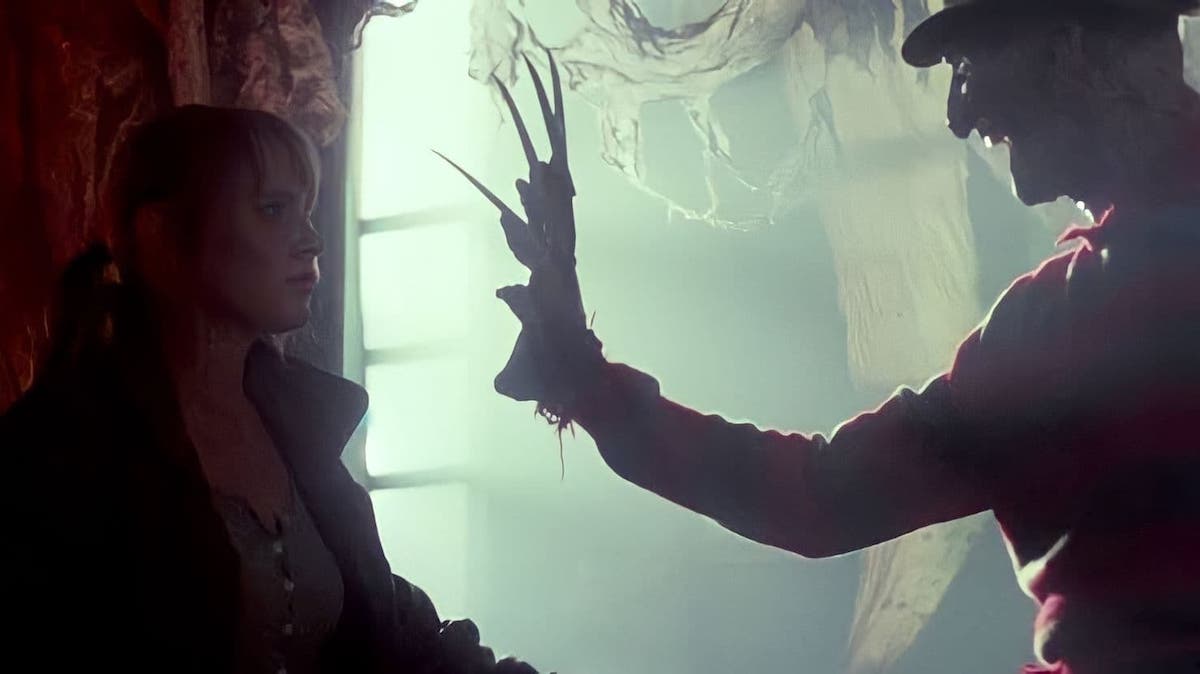
Strange, then, this is by far the easiest anyone’s defeated Freddy. Alice delivers approximately seventeen karate kicks to his face and then holds up a mirror. Showing him his own reflection isn’t impressive writing, but Freddy’s body tearing itself apart from rebelling souls is simply incredible. The SFX truly shine in the complexity of techniques, only more appreciated with behind-the-scenes footage. All the disgusting arms protruding are gross enough, but the chest of writhing souls was a towering stunt far more dangerous than it looked on camera.
Dream Master pushes it that extra mile; pyrotechnics, exploding windows, matte paintings, Kristen walks on the ceiling—and they decorated an entire set upside-down for that one shot! Even the soundtrack has by far the most pop music, including Tuesday Knight herself singing the opening track. Alice’s gearing up montage and removing their photos to see herself in the mirror set to the remixed instrumental of “Don’t Be Afraid of Your Dreams” hits that Top Gun (1986) maximalism. Whether you’re Team Freddy or still rooting for the teens to survive till the next sequel, to quote Alice, Dream Master makes you go “fuckin’ A!”
Audiences agreed and it took $49.4M at the box office, making Elm Street 4 the highest-grossing entry in the US until Freddy vs. Jason premiered 15 years later. Fans didn’t even need to wait until Elm Street 5: The Dream Child (1989) as that fall came the premiere of Freddy’s Nightmares (1988-1990), their Friday the 13th: The Series (1987-1990)-style TV cash-in where Freddy hosted a 44-episode anthology that more often than not didn’t even feature dreams. You didn’t even need to turn off MTV as they put out The Freddy Krueger Special (1988) as he introduced some of his favourite music videos, one of which was The Fat Boys’ “Are You Ready for Freddy“, which featured a rapping Freddy Krueger…
“It’s time for Freddy,
See, I’m a popular guy,
If you don’t know yet,
You’re gonna find out why”
USA | 1988 | 93 MINUTES | 1.85:1 | COLOUR | ENGLISH

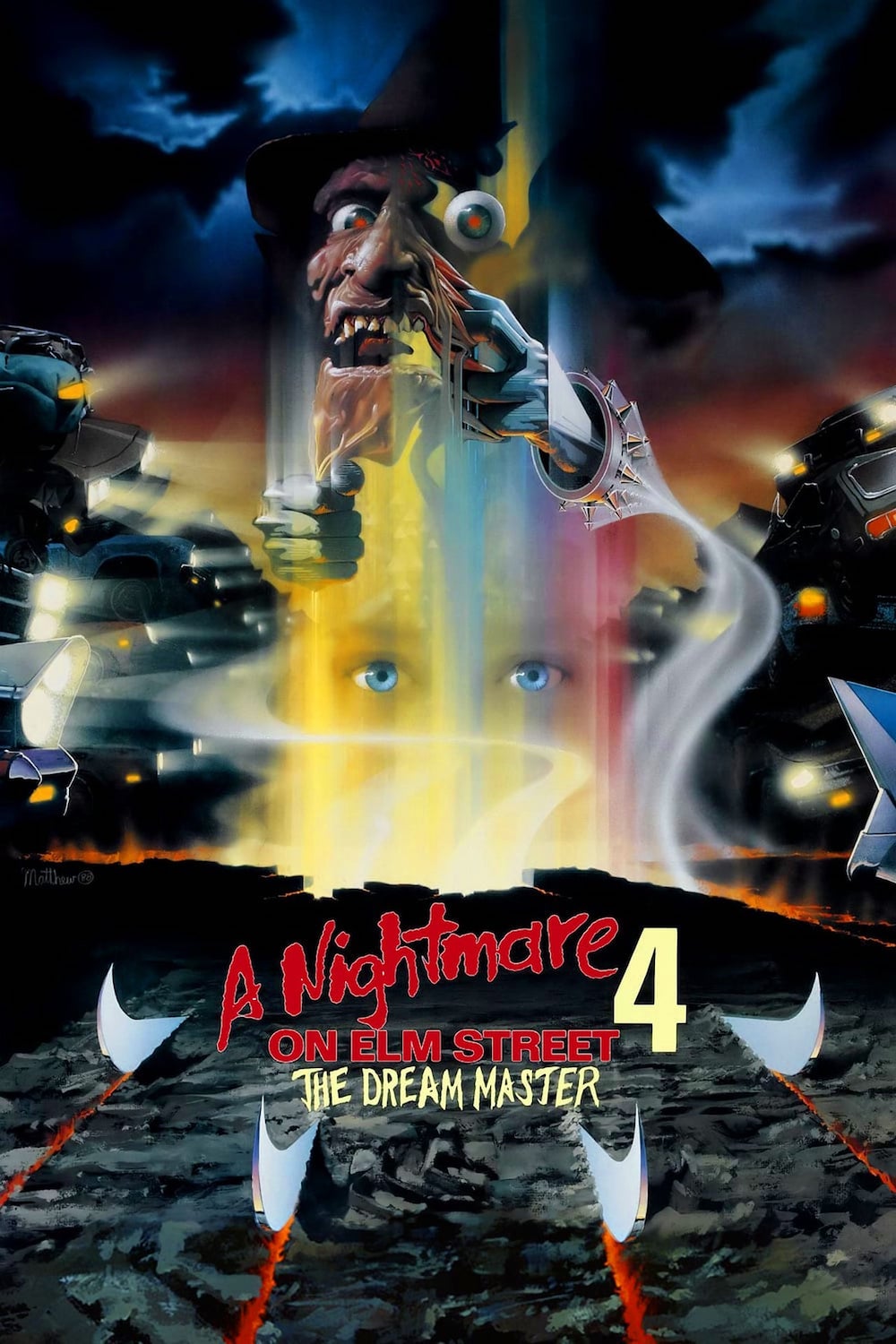
director: Renny Harlin.
writers: Brian Helgeland & Kim and Jim Wheat (story by William Kotzwinkle & Brian Helgeland; based on characters created by Wes Craven & Bruce Wagner).
starring: Lisa Wilcox, Danny Hassel, Tuesday Knight, Ken Sagoes, Rodney Eastman & Robert Englund.
